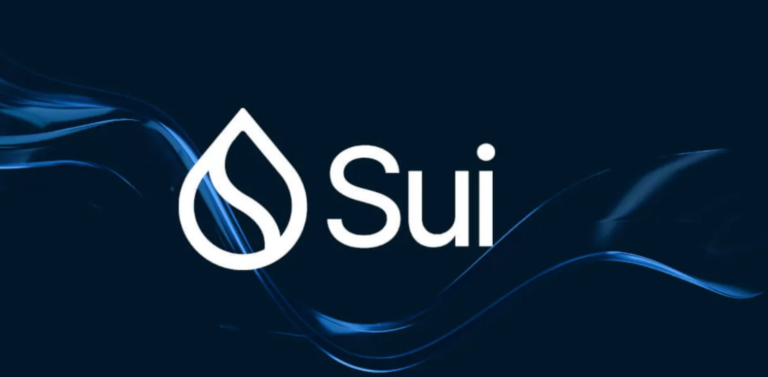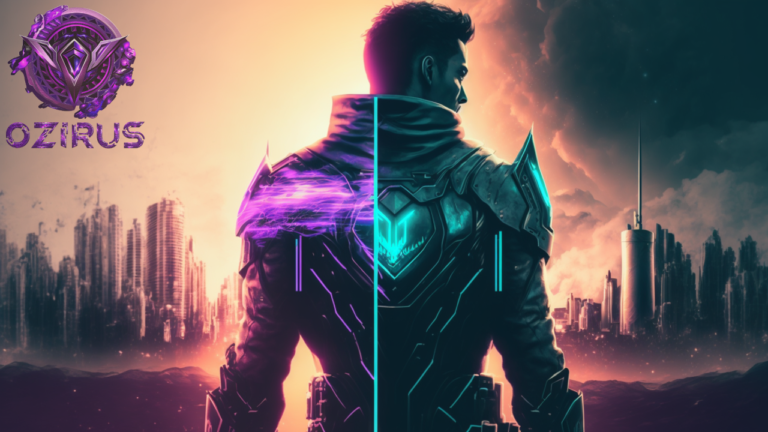The Future of Gaming: Blockchain Meets Mainstream Play
Blockchain is revolutionizing the world of gaming, and MetaCene is one of the trailblazers leading the charge. Founded by industry veteran Alan Tan, the company is aiming to create a new kind of gaming experience that combines the best of blockchain and traditional gaming. But how do you make blockchain gaming accessible to mainstream players who’ve never even heard of crypto or NFTs? Let’s break it down.
MetaCene’s Vision: A New “Homeland” for Gamers
Alan Tan, who’s been part of major titles like The Legend of MIR and Dragon Nest, has always dreamed of creating a truly inclusive online gaming world. He believes blockchain technology is the key to solving major problems that traditional games face, like unfair advantages given to wealthy players or companies that prioritize profit over player experience. MetaCene’s aim is to give all types of players—whether they pay or play for free—a fair, engaging world where they can build and collaborate in a post-apocalyptic society. This isn’t just about playing a game; it’s about creating a new digital world where everyone’s contribution matters.
How MetaCene Makes Blockchain Gaming Accessible
For traditional gamers who’ve never interacted with blockchain, the idea of NFTs or crypto wallets can seem intimidating. But MetaCene’s strategy is to bridge the gap between Web2 (traditional gaming) and Web3 (blockchain-based gaming).
Here are the three key strategies they’re using to bring blockchain gaming to mainstream players:
- Mainstream Distribution: MetaCene’s Web2 version will be available on major platforms like Steam, the App Store, and Google Play, ensuring that millions of players can easily access the game.
- Seamless Onboarding: They’ve made the sign-up process incredibly simple. Players don’t need to know anything about blockchain or crypto. They can log in using their social media accounts, and MetaCene takes care of the technical stuff like wallet creation and transactions.
- Blockchain Asset Abstraction: Through an in-game SDK (Software Development Kit), MetaCene hides the complexity of blockchain transactions. Players can engage in things like cross-chain trading or even buy NFTs without ever needing to understand the underlying technology.
ServerFi: Empowering Players with Governance and Profit Sharing
MetaCene also introduces something called ServerFi, a groundbreaking model that empowers players to actually govern game servers and share in profits. Instead of relying solely on game developers, players can become server owners, either through gameplay or by investing in in-game assets. This model breaks down the traditional barrier between players and the game developers, creating a decentralized ecosystem where players have a say in the direction of the game and can benefit financially from their contributions.
AI and Blockchain: A Perfect Match for the Future of Gaming
But it’s not just about blockchain—MetaCene is also integrating artificial intelligence (AI) to lower the cost of game development and enhance player experiences. AI can handle routine tasks, allowing smaller developers to scale up their games more easily. In MetaCene, players will also interact with AI in unique ways, like creating in-game companions or user-generated content (UGC). This opens up endless possibilities for player-driven economies within the game world.
The MAK Token: The Heart of MetaCene’s Economy
The MAK token is the core of the MetaCene ecosystem. It’s used for everything from staking and transaction fees to rewarding players for their contributions. By holding and using MAK, players gain access to unique in-game assets, participate in governance, and even earn a share of the profits from the game. MAK isn’t just a token; it’s the key to unlocking the full potential of MetaCene’s decentralized, player-driven world.
What’s Next for MetaCene?
MetaCene has big plans. In the coming months, the game will be launched on both iOS and Android, and it’s expected to attract millions of players from around the world. In the long term, MetaCene aims to scale to over 2 billion gamers globally, expanding beyond MMORPGs to offer a variety of game genres. They’re not just thinking about Web3 players—they want to engage both Web2 and Web3 gamers in a seamless, integrated experience.
Why This Matters: The Future of Gaming is Here
MetaCene’s approach isn’t just about making blockchain gaming mainstream; it’s about revolutionizing the entire gaming industry. By combining blockchain, AI, and decentralized governance, MetaCene is setting the stage for a new era in gaming. If you’re interested in the future of technology, gaming, and how these industries intersect, understanding how companies like MetaCene are shaping the Web3 world is essential. This isn’t just about playing games—it’s about creating the future of how we play, create, and even make money in the digital world.
Key Takeaways:
- Blockchain Gaming: The fusion of gaming and blockchain technology creates new opportunities for players and developers.
- ServerFi: Players can own and govern game servers, creating a decentralized gaming economy.
- AI Integration: Artificial intelligence will make game creation and in-game interactions more dynamic and cost-effective.
- MAK Token: The currency that fuels the entire MetaCene ecosystem, offering players rewards, governance, and access to exclusive in-game content.
The world of Web3 gaming is still young, but the potential is massive. Keep an eye on MetaCene—they’re not just changing the game, they’re rewriting the rules.



